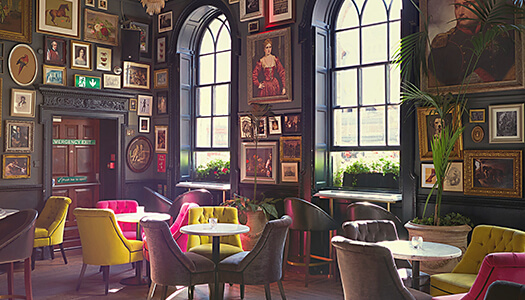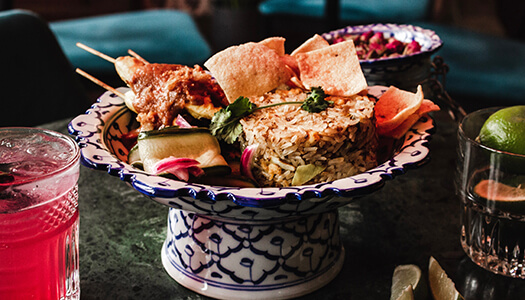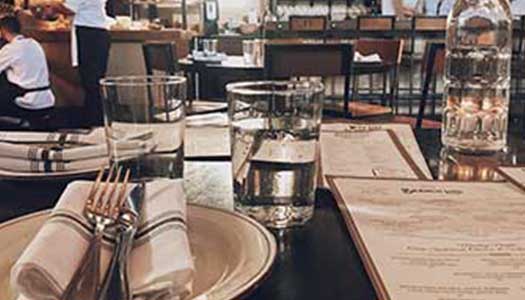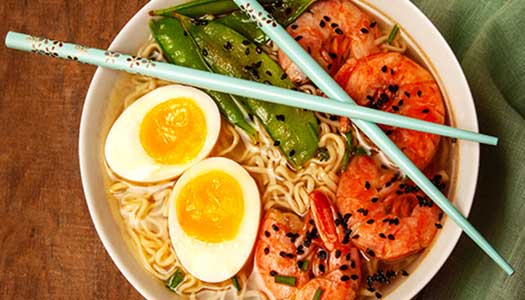In the realm of restaurant recreational offerings, the choice of soccer ball material guide plays a crucial role. The material not only impacts the ball’s durability and performance on various surfaces but also influences its environmental footprint. Exploring materials like polyurethane, PVC, TPU, and PU leather allows restaurant owners to make informed decisions aligned with their establishment’s goals. The quest for the ideal soccer ball material goes beyond the surface, where durability, performance, and eco-friendliness converge to shape the overall experience.
Key Takeaways
- Consider material impact on durability and performance.
- Evaluate cost-effectiveness for budget considerations.
- Assess environmental implications for sustainability.
- Understand characteristics of different soccer ball materials.
- Balance durability and performance for optimal selection.
Understanding Soccer Ball Materials
When delving into the world of soccer ball materials, it is essential for restaurateurs to comprehend the intricate nuances and characteristics that define the various components utilized in the construction of these essential sporting goods. Materials such as polyurethane, PVC, and PU leather are commonly used due to their durability, water resistance, and performance on different playing surfaces. Understanding these materials is vital for selecting the right soccer ball for specific needs.
Factors Influencing Ball Material Choice
An essential aspect in the selection process of soccer ball materials for restaurateurs is the consideration of various factors that heavily influence the choice of material utilized in the construction of these sporting essentials. Factors such as durability, performance, cost-effectiveness, and environmental impact play a significant role in determining the most suitable material for soccer balls used in restaurants’ recreational activities. Making an informed decision based on these factors is important for best satisfaction and longevity.
Comparing Different Soccer Ball Materials
Comparatively analyzing the characteristics of various soccer ball materials is essential for restaurateurs seeking to make an informed decision on the most suitable option for their recreational activities.
- Polyurethane: Provides excellent durability and responsiveness.
- PVC: Offers affordability and decent performance.
- TPU: Combines durability with a soft touch for enhanced control.
Durability and Performance Considerations
When evaluating soccer ball materials for restaurateurs, an essential aspect to take into account is the balance between durability and performance. The material chosen should withstand frequent use on various surfaces while maintaining consistent performance levels. Factors like abrasion resistance, shape retention, and air retention play pivotal roles in ensuring the longevity and functionality of the soccer ball, ultimately impacting the experience of players.
Making the Best Material Choice
Selecting the best soccer ball material for restaurateurs involves a meticulous assessment of key factors to guarantee an informed decision aligning with desired performance and durability standards.
- Responsiveness: Enhancing ball control and accuracy.
- Durability: Ensuring long-lasting performance.
- Consistency: Maintaining predictable flight paths.
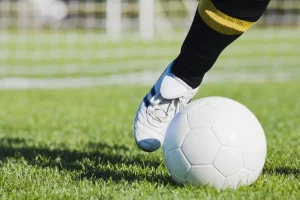
Frequently Asked Questions
Can the Same Soccer Ball Material Be Used for Both Indoor and Outdoor Play?
Soccer ball material selection plays a crucial role in determining suitability for indoor and outdoor play. While some materials are versatile for both settings, factors like durability, bounce, and grip differ, necessitating consideration for best performance across environments.
How Does the Weight of the Soccer Ball Material Affect Performance?
The weight of the soccer ball material critically impacts performance. Lighter balls offer greater speed and agility, ideal for quick passes and dribbling. Heavier balls provide more stability and control, suitable for powerful strikes and long-distance shots. Choose wisely.
Are There Eco-Friendly Options for Soccer Ball Materials?
Eco-friendly options for soccer ball materials have gained prominence in recent years, catering to environmentally conscious consumers. Materials like natural rubber, recycled plastics, and organic cotton are being used to create soccer balls, aligning with sustainable practices.
Will the Color of the Soccer Ball Material Impact Visibility on the Field?
The color of soccer ball materials can impact visibility on the field. Bright colors like white, yellow, or orange enhance visibility in various lighting conditions. However, factors such as player preference, branding, and tournament regulations may influence color selection.
Is There a Specific Material Best Suited for Professional Soccer Matches?
The choice of soccer ball material for professional matches should prioritize durability, performance, and consistency. High-quality polyurethane or thermoplastic polyurethane materials are often preferred for their excellent flight, touch, and resilience on the field.
Conclusion
To sum up, the selection of soccer ball material is a critical decision for restaurateurs looking to provide quality recreational opportunities. By thoroughly understanding the characteristics of materials such as polyurethane, PVC, TPU, and PU leather, factors like durability, performance, and cost-effectiveness can be effectively balanced. Making informed choices based on these considerations will lead to satisfying experiences and long-term use of soccer balls in establishments.

